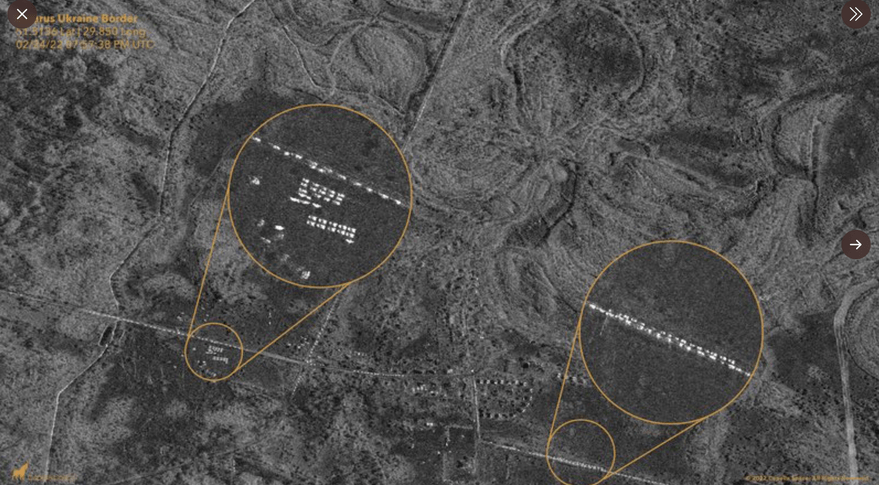
Op-ed | Why a ‘hybrid’ space architecture makes sense for economic and national security (Image Credit: Space News)

Policy makers are right to expect the national security establishment to find ways to fully leverage the innovations and investment in commercial space capabilities like launch and imagery.
But far less obvious and yet more profound is a very real revolution that is well underway: the wholesale overhaul of our national security space architecture into a “hybrid” design that effectively integrates the best of commercial and government investments.
This transformation of our national security space architecture is prompted not only by the amazing and innovative developments in the commercial space sector, but also by the realization that our adversaries are determined to displace the United States leadership in space and target our currently vulnerable space based capabilities if conflict arises on Earth.
These twin motivations are driving a once-in-a-generation series of changes that will fundamentally strengthen the U.S. economic and security posture in space.
Those leading the redesign of our national security space architecture in both the intelligence community and the Department of Defense are quietly but effectively utilizing three distinct approaches to capture the best of commercial space capabilities and adapt them to our national security needs.
The first approach is to augment government developed capabilities with commercial products and services. Recently, the National Reconnaissance Office awarded the largest contracts for commercial imagery in its history. When combined with exquisite imagery provided by government developed sources, this approach will dramatically increase intelligence capacity and provide the U.S. the ability to share with the world what we see from space without disclosing intelligence sources and methods.
Another far less visible approach being employed is to take advantage of the innovation and venture investment in commercial space technologies while adapting them to national security needs. The next generation of intelligence satellites now being developed will use flight proven hardware bought from commercial spacecraft manufacturers and adapt it with government payloads in order to lower cost and speed deployment.
This is not merely a plan. The first of these hybrid satellites are already being tested in space, having gone from idea to orbit in less than three years, a fraction of the traditional timeframe to develop and launch a new capability.
By radically lowering the cost of these hybrid satellites, we can afford many more of them which not only improves the technical performance of the constellation but also dramatically increases architectural resilience. Proliferation of many more hybrid surveillance satellites makes it harder for adversaries to track, target and disrupt or destroy our spacecraft in the event of conflict.
The final hybrid approach being utilized is the incorporation of commercially derived business models by traditional defense firms. The proliferation of commercial space providers has created a highly technical aerospace workforce that operates more like a Silicon Valley startup than a large defense contractor.
In order to fully capitalize on this, we are seeing large defense firms partner with or acquire space startups and allow their commercial best practices to flourish in order to rapidly experiment and develop capabilities, while the established defense firm provides the government with a proven ability to perform classified integration and delivery.
Combining the reliability and the assurance of the cleared defense industrial base with the speed and innovation of our space entrepreneurs is another hybridization approach already showing positive results.
As good as they are, current commercial space capabilities are not a replacement for government developed national security capabilities, nor should the U.S. be content to rely exclusively on commercial solutions for national security. Doing so may save money, but effectively reduces our technical capabilities to what anyone (including our adversaries) can acquire in the marketplace.
However, by quietly and creatively blending the best practices from both commercial and defense sectors in order to produce “hybrid” space capabilities, we can increase our economic as well as national security.
John Paul (JP) Parker served as U.S. intelligence community space executive from 2018 to 2022, and previously served as a special advisor for space, cyber and intelligence to the Vice President of the United States.








